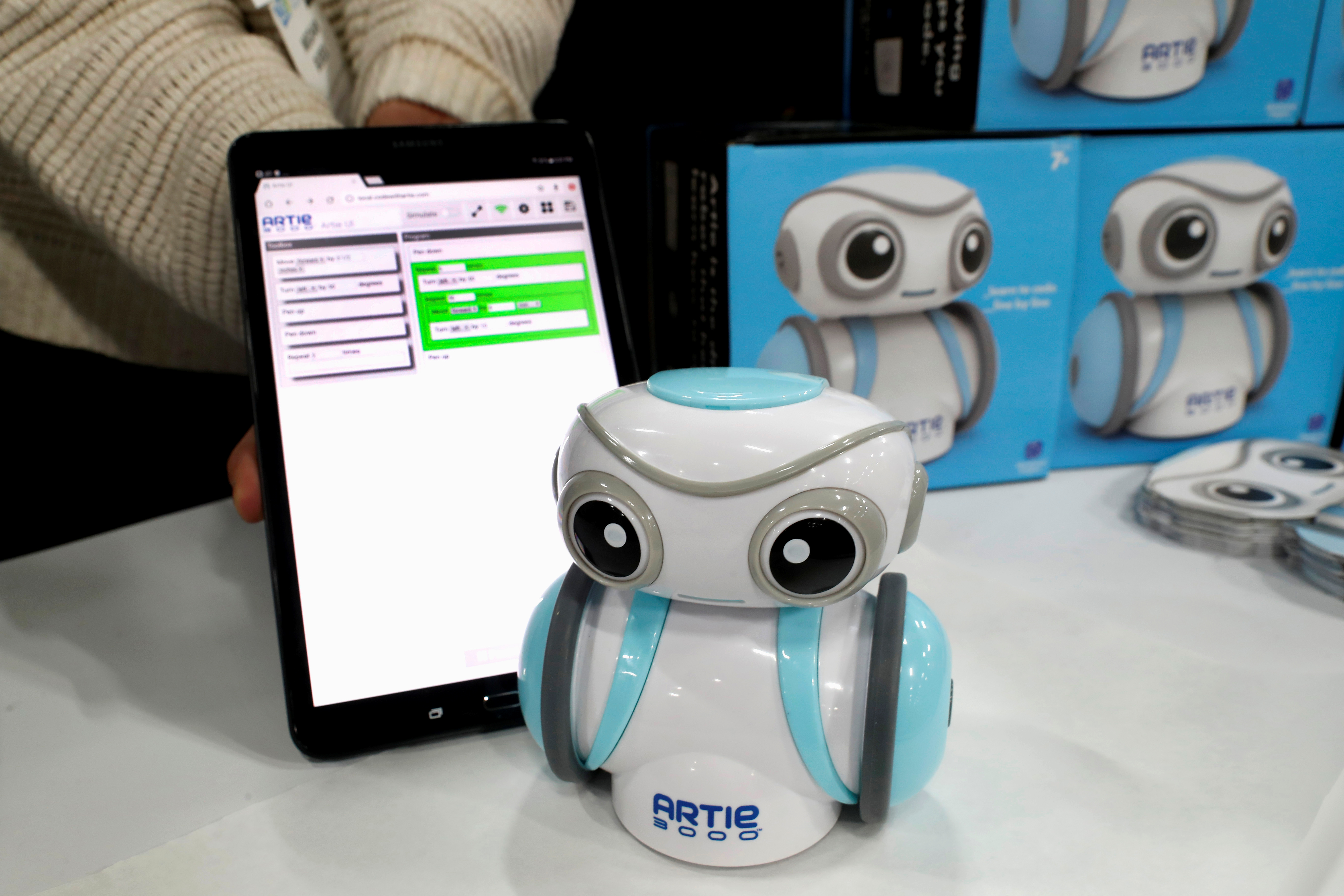Teach code to Arctic children to empower a new generation
Teaching cutting-edge tech skills to Arctic residents will better enable the region to face challenges on its own terms.

The Arctic should teach its kids to code.
In Barack Obama’s words, “In the new economy, computer science isn’t an optional skill – it’s a basic skill.” Learning that skill is specifically an imperative for the Arctic.
Security, education and job opportunities are often poor for isolated communities in the Arctic — and climate change only makes matters worse. Melting ice causes the displacement of communities, houses and schools and places traditional subsistence activities such as whale hunting at risk.
Internet technology has the potential to empower communities to address some of their challenges — a potential that can only be tapped if people have the right skills. Communities could crowdsource data about melting ice to better forecast risks to infrastructure and the need for relocation. E-learning could make towns less reliant on physical schools in times of crisis. With the relevant digital toolset people could start new types of businesses or work remotely for international firms. Communities would be more independent from the natural environment and from national governments.
The non-profit Pinnguaq based in Pangnirtung, Nunavut was selected by the Canadian Department of Innovation, Science and Economic Development to act as a Delivery Organization for the Digital Skills for Youth (DS4Y) Internship Program. The Program helps post-secondary graduates obtain the digital skills required for the jobs of the future. Pinnguaq trains youth in coding, creates jobs for the community whilst remaining true to community values. Its pipeline includes an Inuktitut book-reading app and a medical app for doctors and nurses entering the territory.
Pinnguaq’s three Nunavut staff all came out of its coding courses. Thanks to Pinnguaq’s connections, employee Talia Metuq, from Pangnirtung, built a new video game that explores Inuit mythology.
Yet according to Pinnguaq’s owner Ryan Oliver, “It’s nearly impossible to run a sustainable operation there unless you are in mining or government.” The non-profit had to set up additional offices elsewhere and do advertising for large clients to sustain itself.
Pinnguaq sets an example for the opportunities internet technology could bring communities if more people had the skills to leverage it. It shows how important collaboration between government, local municipalities, businesses and non-profits is to getting there. And it identifies the crucial need for investment.
Investment in internet infrastructure across the Arctic is growing. Installing a data center in a cold climate can halve power consumption and reduce overall operational costs by a tenth. Amongst others, Facebook has already opened a data center in the Arctic — in Luleå, Sweden in 2013. The Arctic also offers shorter routes for data to travel between population centers : Quintillion Holdings is constructing fiberoptic cables to ultimately link Japan with London via the Northwest Passage.
Internet infrastructure is coming to the Arctic and parallel investment should go into preparing inhabitants for what it can offer.
Arctic governments should incorporate coding into school curriculums. Norway set itself the objective of making programming a core subject in upper secondary schools by 2020. The country is running pilot programs in different municipalities, beginning with teacher training. In June the municipality of Bærum partnered with the research company Simula School to run a pilot course in Python programming for a group of teachers. Municipalities and governments across the Arctic should partner with one another, as well as use platforms such as the yearly Arctic Assembly to showcase best practices of collaboration with companies and non-profits.
The public sector should not be the only investor. Multinationals can play a key role in financing, facilitating and accelerating the change. The Kolos conglomerate is constructing the world’s largest data center in the small Norwegian municipality of Ballangen, with 100 percent renewable energy. Businesses like Kolos could deepen their relationship with the communities they enter by sponsoring and providing coding training — Impact and Benefit Agreements 2.0. The companies would simultaneously be building up a skilled workforce to tap into in the medium term and strengthening the internet ecosystem as a whole — which would in turn create new business opportunities.
A new generation empowered to harness the incoming internet infrastructure will be in a position to better and more innovatively address the challenges of its communities — and the public, private and non-profit should come together to help that generation get there.
Teach. Kids. To code.
Edouard Aubry is a Master of Public Administration student at Harvard’s John F. Kennedy School of Government. He is particularly interested in how private sector digital innovation can best be applied to benefit government and local communities.

The views expressed here are the writer’s and are not necessarily endorsed by the Arctic Initiative or ArcticToday, which welcomes a broad range of viewpoints. To submit a piece for consideration, email commentary (at) arctictoday.com.